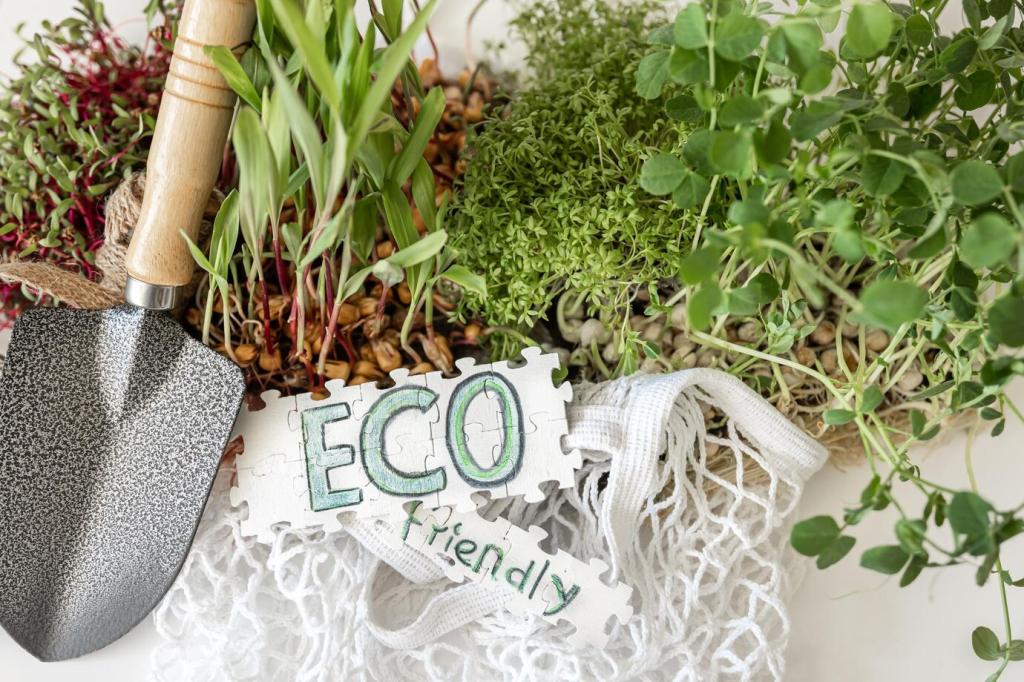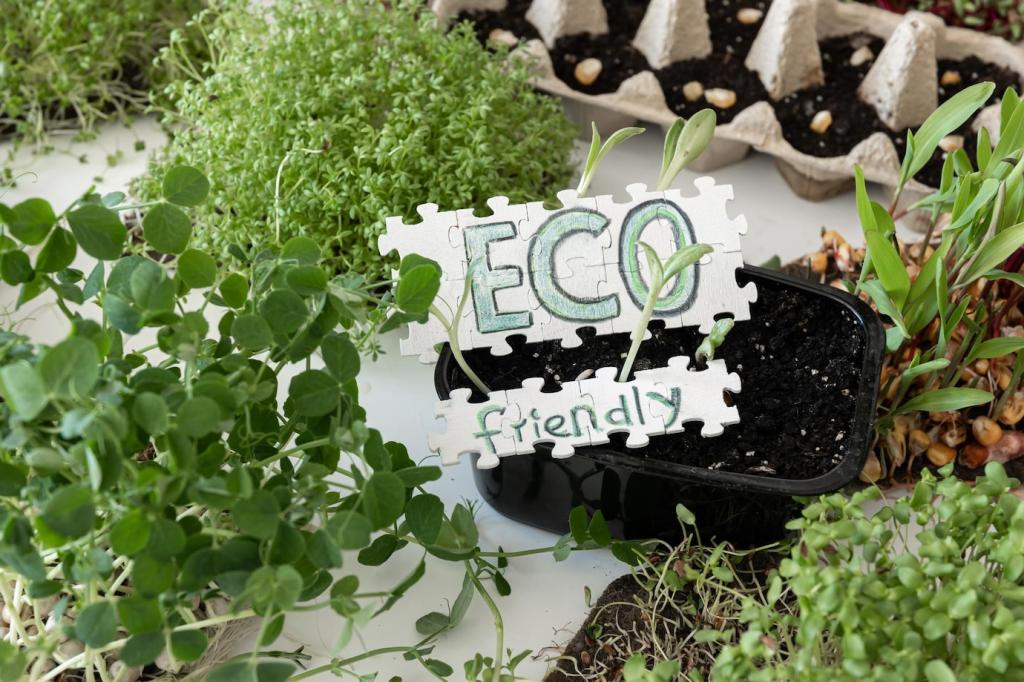Today’s theme is Insulation Techniques for Lowering Emissions. From attics to basements, discover actionable methods that cut energy waste, slash carbon footprints, and boost comfort. Learn, apply, and share your results so our community grows wiser together.




Cellulose and the upside of recycled content
Cellulose is made from recycled paper, treated with borates for fire and pest resistance. Its density helps control air movement in dense-pack applications, and its low embodied carbon supports climate goals. Many retrofits choose cellulose for wall cavities and attics.
Mineral wool for resilience and sound control
Mineral wool offers excellent fire resistance, water repellency, and acoustic performance. It remains dimensionally stable, resists pests, and can be used as exterior continuous insulation to break thermal bridges. Builders appreciate its straightforward cutting and friction fit between studs.
Spray foam benefits, cautions, and blowing agents
Closed-cell foam delivers high R per inch and air sealing in one step, but installers must manage curing conditions and ventilation. Prefer low global warming potential blowing agents to reduce climate impacts. Use foam selectively to address complex geometries and rim joists.
Install for Impact: Attics, Walls, and Floors
Start with air sealing around light fixtures, top plates, and chases before adding insulation. One row-house family reported quieter rooms and a thirty percent heating drop after sealing bypasses and topping up their attic. Share your attic wins, challenges, and payback stories.
Moisture, Vapor, and Ventilation Done Right
Use smart vapor retarders that adjust permeability with humidity, allowing assemblies to dry when needed. Avoid trapping moisture between impermeable layers. Plan interior and exterior drying directions deliberately, and share your experience balancing vapor control across different wall assemblies.
Costs, Payback, and Emissions Accounting
Stack rebates, tax credits, and low-interest financing to shorten payback timelines. Add in comfort gains and avoided maintenance as real value. Share your numbers and location so readers can compare effective project costs and find ideas to close remaining financial gaps.
Costs, Payback, and Emissions Accounting
Focus first on big operational reductions through air sealing and appropriate R-values. Then refine material choices to lower embodied carbon. For example, cellulose or wood fiber can offset emissions, while lower GWP foams reduce climate impact where foam is truly necessary.
Costs, Payback, and Emissions Accounting
Record energy use before and after upgrades, normalizing for weather when possible. Smart meters, fuel receipts, and simple spreadsheets work fine. Celebrate milestones, post your charts, and subscribe for templates that help turn scattered data into clear, confidence-building stories.
DIY or Pro: Planning, Safety, and Quality

Protect yourself and the space
Wear appropriate respiratory protection, gloves, and eye gear; control dust with vacuums and ventilation; and protect living areas with containment. Read product data sheets, respect cure times, and dispose of offcuts responsibly. Share your favorite safety routines to help first-timers.

Scope, bids, and the right questions
Write a clear scope including air sealing targets, R-values, and details at penetrations. Ask contractors about blower door verification and moisture strategy. Comment with your must-ask questions, and help others learn how to compare proposals beyond price alone.

Verify performance after the work
Request post-install blower door results, spot-check insulation depth, and photograph critical details for your records. Borrow an infrared camera or use a smoke pencil on windy days. Share your verification checklist and subscribe for upcoming guides on seasonal tune-ups and monitoring.
